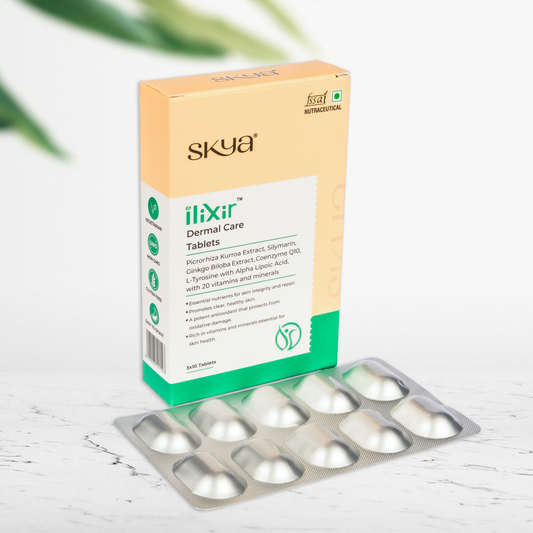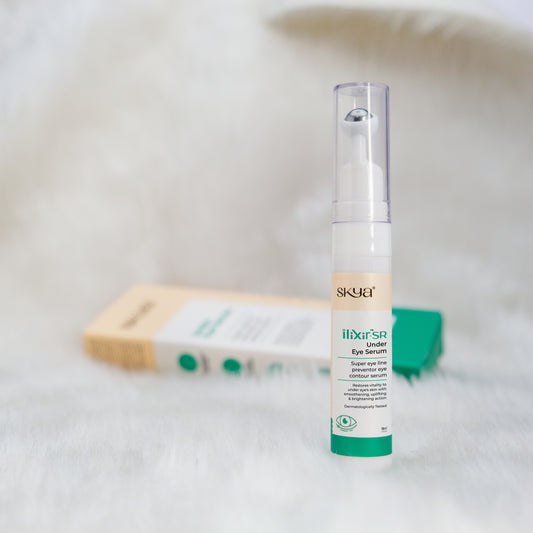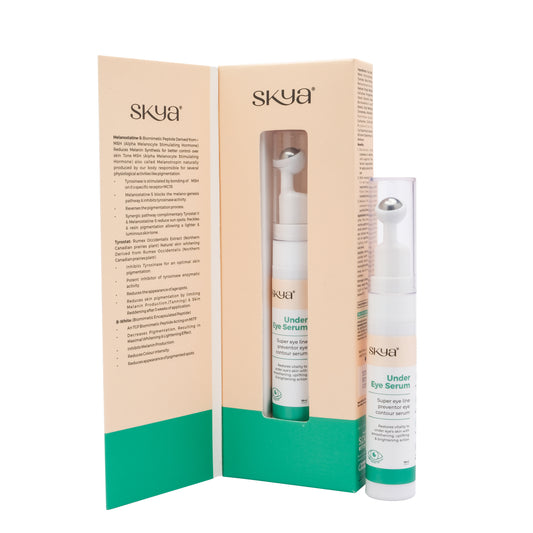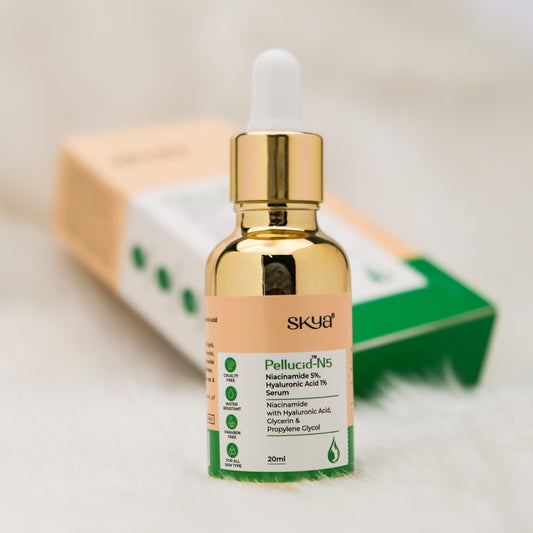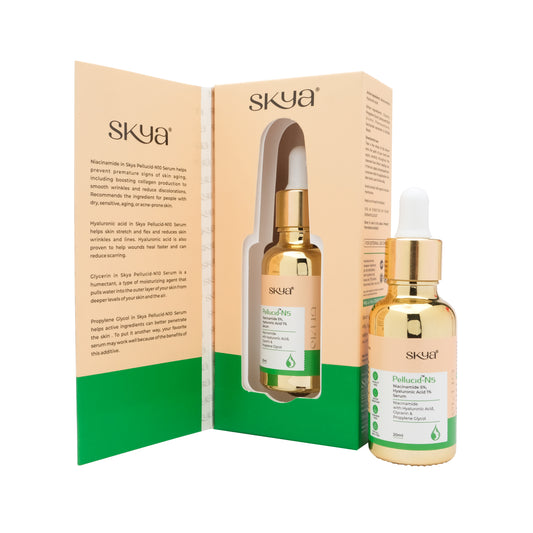How Much Time Does Fungal Infection Take to Cure - Fungal infection is among the most common skin disorders that affects every age group from infants to adults. These prevailing infections can be quite harmful and should be treated as soon as it is diagnosed. The main reason behind the high occurrence of these conditions is due to the lack of knowledge regarding their symptoms, treatment, and diagnosis among the general public. In this comprehensive guide, we have mentioned all the essentials regarding fungal infections along with “How Much Time Does Fungal Infection Take to Cure”.
Fungal Infection, also called mycoses is defined as a skin condition that usually involves the invasion of tissue by one or more species of fungi or yeast. During these times our immune system becomes very weak and is unable to fight these microbes and organisms leading to severity.
These infections are quite common and occur in every person at some point in life. According to some industrial insights, every year there is an occurrence of over 150 million severe cases of fungal infections, with approximately 1.7 million deaths per year all over the globe.
Fungus is usually spread through soil, air, and dirt, which can be inhaled and then come in contact with the body, or primarily through the skin. Other reasons can be a moist environment, humid climate, wearing synthetic clothes, sweating excessively, or bad personal habits may also lead to superficial fungal infection.
Symptoms Associated with Fungal Infection
The symptoms usually vary depending on the type, the most common are as follows.
- Itching
- Skin Peeling
- Blisters or redness
- Burning Sensation
Different Types of Fungal Infections
There are various types of fungal infections, that can cause infections in many parts of the body, including the skin, nails, hair, scalp, and mucous membranes.
Yeast Infection -
Yeast Infection is a common form of Candila( a type of fungi) overgrowth, that usually occurs in women. In this condition, the overgrowth of candida interrupts the normal balance of yeast and bacteria in the vagina which may occur due to stress, antibiotics, or hormonal imbalance. Toenail rash and diaper rash are also common examples of candida infection.
Symptoms -
- Itching or swelling around the vagina
- Painful urination and sexual intercourse
- Burning sensation
- Unusual discharge from the vagina
- Redness or soreness around the vagina
Treatment/Prevention -
- Prescribed treatments include creams, tablets, or suppositories
- Maintain a proper diet and hygiene.
- Avid wearing tight clothes
- Make sure to wash underwear in hot water to avoid any kind of infection
Ring Worm -
Ringworm or Tinea Corporis is caused by a fungus that usually thrives on dead tissues, such as the skin, hair, and nails. These microbes are also responsible for causing both athlete’s foot and jock itch which usually involves the injection on the feet, thigh, and groin area.
Symptoms -
- Red or scaly patches on the skin
- Ring-shaped patches with red outing
- Redness, patches, scaly skin
- Bald patches on the scalp
- Blistered patches
Treatment/Prevention -
- Mediated anti-fungal creams, ointments, and medications, prescribed by the doctor.
- Remain clean, dry, and hygienic
- Do not wear sandals or shoes in the public locker room
Jock Itch -
Tinea Crurls or Jock Itch is quite common in the summer season. This type of infection usually grows in damp areas including the groin, inner thighs, and buttocks. These types of infections are seen to flourish in warm, or humid places and are also mildly contagious and can spread through direct contact with the infected person.
Symptoms -
- Irritation, burning, and chafing of the affected area
- Rashes and redness
- Burning sensation
- Peeling, and flaking of the skin
- Circular shape rash and raised edges
Treatment/Prevention -
- Wear loosely fitted natural fiber clothes
- Avoid contact with an infected person
- Maintain good proper hygiene by cleaning and drying all necessary areas.
- OTC topical creams
Athlete Foot -
Clear by its name, athlete foot infection affects the foot of a person. Sportspeople are highly susceptible to these infections because of the dampness, full of moisture, and the sweaty environment they play in. But anyone can be infected by this infection usually in the warmer or humid seasons like summers. Athlete Foot or Tinea Pedia can also occur in the hand area usually between fingers.
Symptoms -
- Blisters or Redness
- Skin can become extremely soft or may start to peel off.
- Cracking up or peeling of the skin
- Burning or stinging sensation
- Discoloration or blisters
Treatment/Prevention -
- Allowing a lot of air to penetrate socks or shoes
- Keep the foot dry and clean
- Avoid wearing sandals, or shoes in the public locker rooms

How Much Time Does Fungal Infection Take to Cure?
The time taken for a fungal infection usually depends on the type, location, and severity of infection. The effect of these infections also varies from person to person and generally takes a few days to a few weeks to heal. But their always chances of recurrence as sometimes fungi deeply penetrate the skin which makes it difficult to kill them.
If the infection has not spread much on your skin, then you can easily get relief within 7 days. But if the infection has been present for quite some time, then it might take a bit longer to heal. Using a good quality medication can wonder and can heal the condition in 1 to 3 weeks depending on the infection. You also have to keep in mind that during infection conditions, maintaining good hygiene and keeping the infected area clean and dry can prevent further infection and speed up the healing process.
Conclusion
We hope we were able to resolve all your queries regarding How Much Time Does Fungal Infection Take to Cure. There are many different types of fungal infections caused by different fungi varieties. These infections are quite contagious and can occur in any part of the body. Fungal infections are accompanied by many symptoms like red and scaly skin and usually take around 1 to 3 weeks to heal.
Frequently Asked Questions regarding the “How Much Time Does Fungal Infection Take to Cure”
Question 1. What are various ways to prevent fungal infection?
Answer 1. Besides medication, there are various ways through which we can minimize the chances of fungal infection such as.
- Keeping the skin clean and dry.
- Avoid sharing towels, combs, or any other personal item.
- Make sure to wear shoes to the gym.
- Wash your feet daily.
- Keep groin and private parts clean.
- Wear clean and loose clothes.
- Maintain proper hygiene
Question 2. What are the various tests used for the diagnosis of Fungal infection?
Answer 2. Fungal tests can be diagnosed through various tests including.
- Susceptibility testing
- Antigen testing
- Antibody testing
- Molecular testing for DNA
- Blood tests
Question 3. What are the main reasons behind fungal infection?
Answer 3. Fungal infections are caused by many varieties of fungi but various conditions can lead to the severity or overgrowth of fungal infections such as.
- Weak immunity
- Being exposed to an excessive fungi environment
- Antibiotic consumption can allow some fungi that are naturally found in your body to grow out of control
- Exposure to damp public places
Question 4. Can fungal infection spread from one person to another person?
Answer 4. Some evidence states that fungal infections are rarely passed from one person to another. But in case of superficial infection that usually occurs on the skin for example ringworm, can spread from person to person through direct contact.


